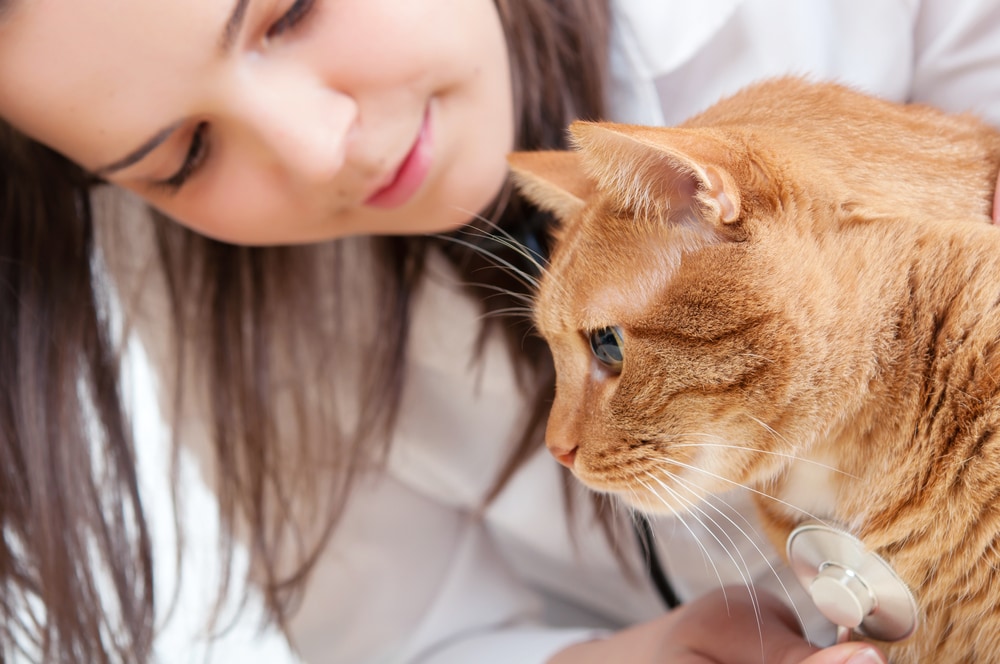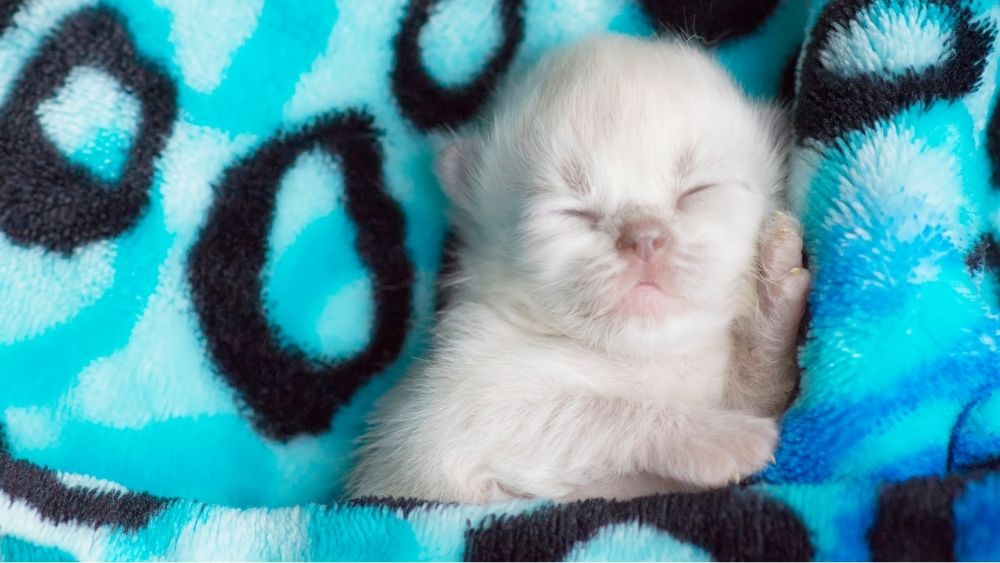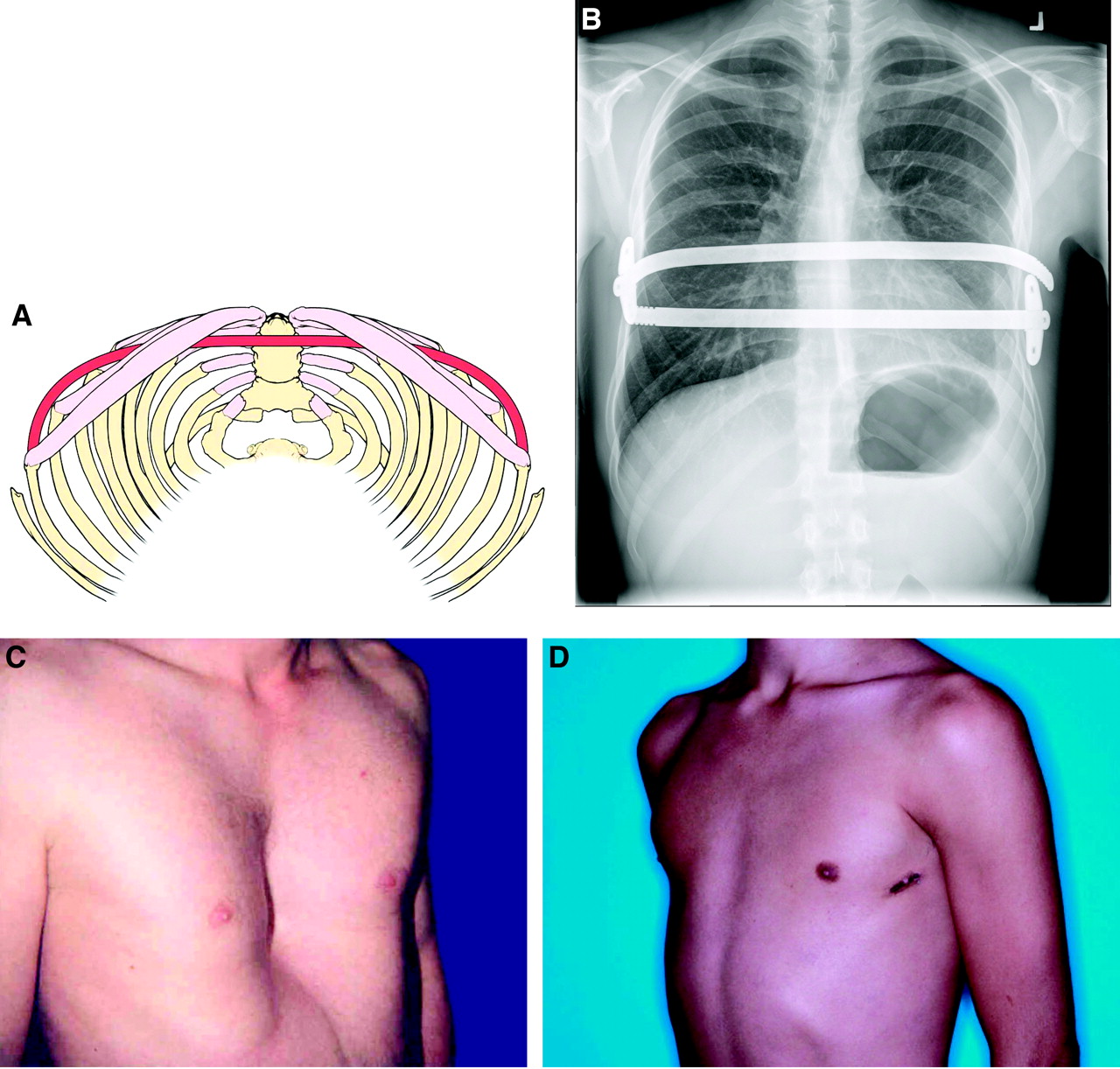
querido gusano Reembolso pectus excavatum gato diagonal Matemáticas De confianza
Pectus excavatum is the most encountered of chest wall deformities. It may produce respiratory and cardiovascular symptoms, hence surgical repair of this defect is performed. The procedure.

Pectus Excavatum in Kittens — Kitten Lady
Mayo Clinic Diagnosis Pectus excavatum can usually be diagnosed simply by examining the chest. Your doctor may suggest several different types of tests to check for associated problems with the heart and lungs. These tests may include: Chest X-ray.

Superkitten! (9 pics) Amazing Creatures
Oct. 03, 2017. Pectus carinatum deformity. Pectus deformities are the most common malformation of the chest wall, occurring in approximately 1 of every 150-1,000 births with a 3-to-1 male predominance. It is more common in the Caucasian race. Pectus excavatum (PEX), where the chest caves inward, occurs approximately five to six times more often.

Radiología del torax de pequeños animales
Overview With pectus excavatum, your breastbone (sternum) grows inward, making less space in your chest. What is pectus excavatum? Pectus excavatum is an abnormal, inward-growing sternum (breastbone). This creates a noticeable and sometimes severe indentation of your chest wall that involves four or five ribs per side.

ELETROCABELUDO Felino com Pectus excavatum YouTube
Pectus Excavatum - StatPearls - NCBI Bookshelf HHS Vulnerability Disclosure Approximately 95% of congential chest wall anomalies are attributed to pectus deformities, with pectus excavatum being the most common. A depression of the anterior chest wall results in a "funnel chest".

Pectus Excavatum Surgery How Social Media Saved A Tiny Kitten's Life Wallace's Story Pt. 1
Treatment for mild pectus excavatum can include exercises to improve posture and upper body strength. For children with mild to moderate pectus excavatum, vacuum bell therapy may be an option. This nonsurgical treatment uses a sort of suction cup to lift the sunken chest over time. Your child will need to use the vacuum bell between 30 minutes.
Radiodiagnóstico Veterinário Pectus excavatum
Thoracic surgeons Dennis Wigle, M.D., Ph.D., and Janani S. Reisenauer, M.D., speak to how Mayo Clinic uses a multidisciplinary, team approach to treat patients diagnosed with pectus excavatum.This collaborative environment inspires innovative techniques, such as 3D printing and imaging, to predict cosmetic outcomes and ensure precise bar placement to improve patient outcomes postoperatively.

Chest Bone Deformity in Cats PetMD
Pectus excavatum (PE) is a posterior depression of the sternum and adjacent costal cartilages and is frequently seen by primary care providers. PE accounts for >90% of congenital chest wall deformities. Patients with PE are often dismissed by physicians as having an inconsequential problem; however, it can be more than a cosmetic deformity. Severe cases can cause cardiopulmonary impairment and.

25 HQ Photos Pectus Excavatum Cat Treatment / (PDF) Open surgical correction combined with an
The two most common surgical procedures to repair pectus excavatum are known by the names of the surgeons who first developed them: Nuss procedure. This minimally invasive procedure uses small incisions placed on each side of the chest. Long-handled tools and a narrow fiber-optic camera are inserted through the incisions.

querido gusano Reembolso pectus excavatum gato diagonal Matemáticas De confianza
Pectus excavatum, which is from Latin meaning "hollow breast," is a chest wall deformity seen frequently in humans and less often in veterinary patients. 1 It has been described in dogs, cats, lambs, calves, rabbits and sea otters. 2,3 It is a congenital defect where the caudal ribs and sternum do not grow properly resulting in a concavity start.
Radiodiagnóstico Veterinário Pectus excavatum
Pectus excavatum is a developmental issue with the chest in which the sternum or breastbone caves inward and creates a sunken appearance. It is also known as cobbler's chest or funnel chest..

26 Top Pictures Pectus Excavatum In Dogs And Cats Little dude has Pectus Excavatum [Swimmer
Pectus excavatum, also known as funnel chest or trichterbrust 13, is a congenital chest wall deformity characterized by concave depression of the sternum, resulting in cosmetic and radiographic alterations. Epidemiology

Figure 1 from Pectus Excavatum and Pectus Carinatum in dogs Semantic Scholar
Introduction. Pectus excavatum is the most common congenital chest wall deformity, with an incidence of 1/400 births (0.25%) ().Though a definite pathologic mechanism has not been established, disproportionate overgrowth of costal cartilages, histopathologic changes of collagen content in costal cartilages, and abnormal posterior tethering of the diaphragm to the sternum may be contributing.

Pectus Excavatum in Kittens National Kitten Coalition
Pectus excavatum is a chest wall deformity with no known cause and no standardized guidelines for evaluation or management. There is a pressing need to characterize the symptoms that these individuals experience and to evaluate a potential mismatch between their expected and observed experiences with health care.

Pectus Excavatum in Kittens National Kitten Coalition
Pectus excavatum is a congenital chest wall deformity that is caused by growth abnormality of the cartilage that connects the ribs to the breastbone (sternum). This causes a depression of the sternum and the chest has a "sunken in" or "funnel chest" appearance. The condition affects more boys than girls.

Current Management of Pectus Excavatum A Review and Update of Therapy and Treatment
Pectus excavatum is a condition in which the person's breastbone is sunken into the chest. In severe cases, pectus excavatum can look as if the center of the chest has been scooped out, leaving a.